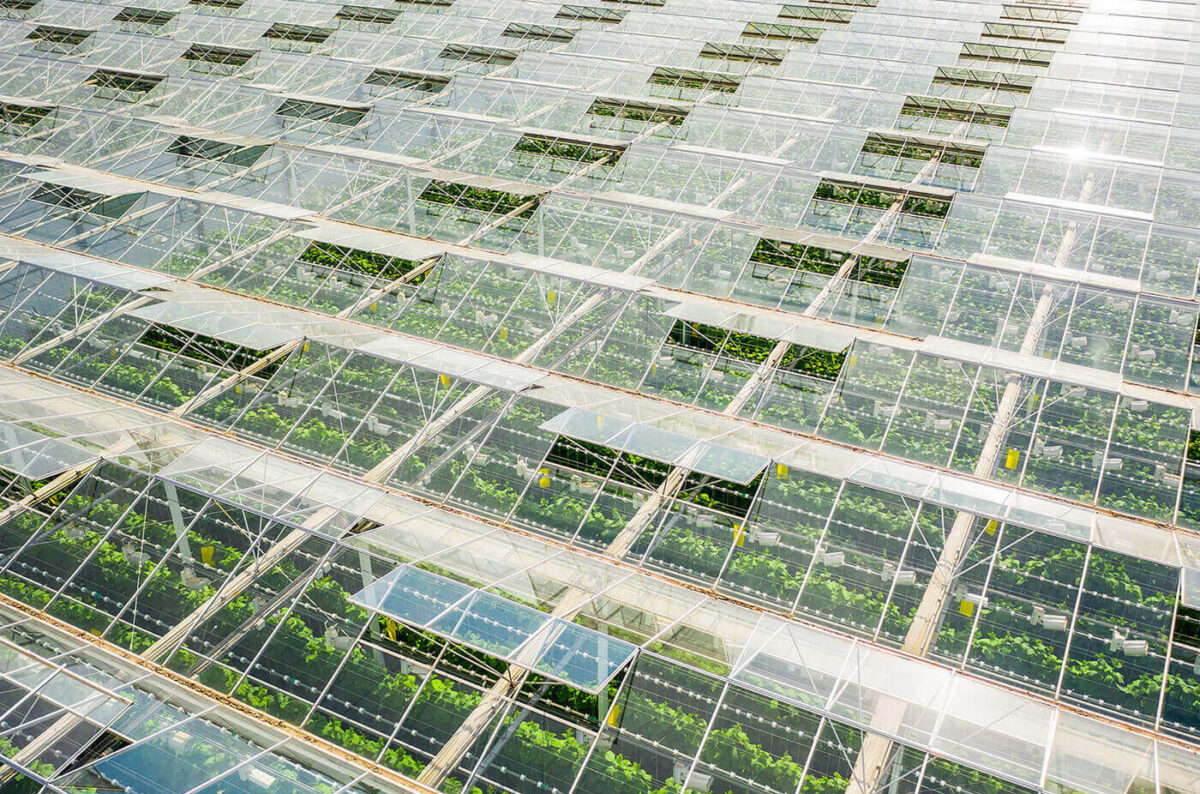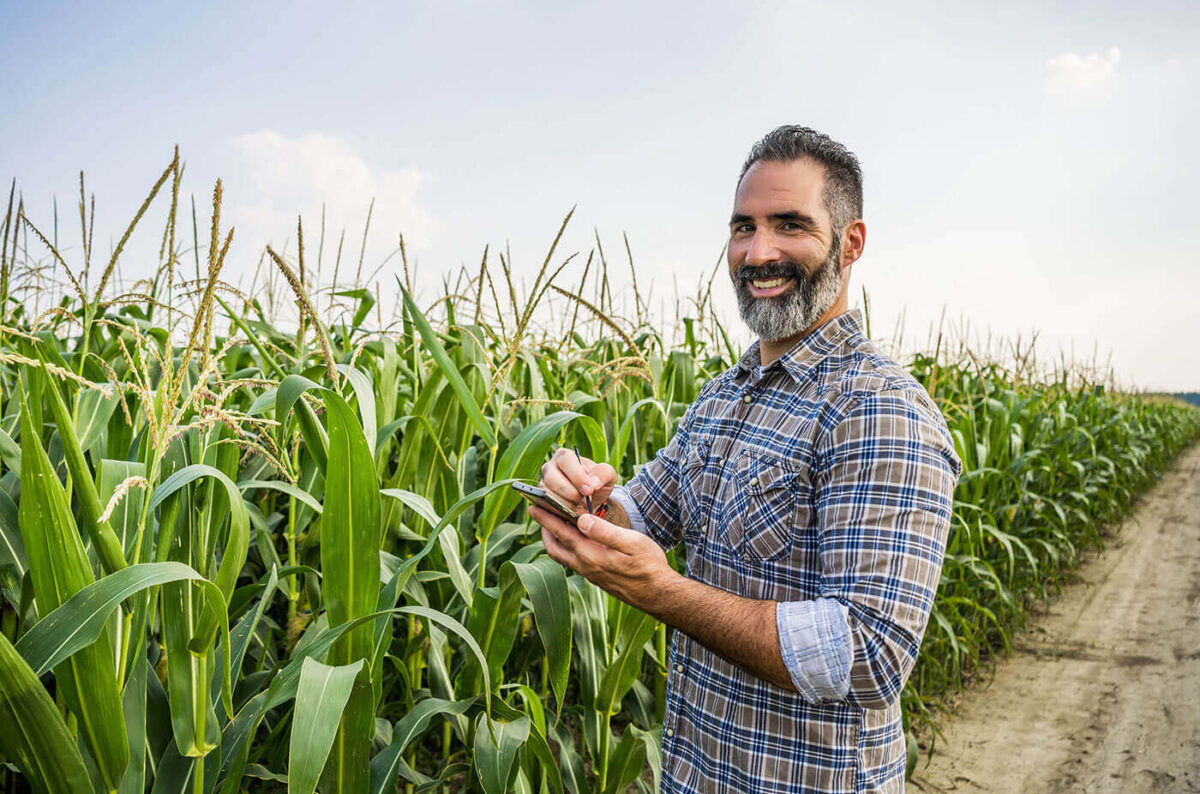
- Stories
- October 12, 2022
The Foundation of Plant Health
At the heart of successful organic farming lies what many agricultural experts now call “super soil” – a living, breathing ecosystem beneath our feet that forms the foundation for extraordinarily resilient and productive plants. Unlike conventional farming systems that often treat soil as merely a medium to hold plants upright while feeding them synthetic nutrients, the super soil approach recognizes that soil health is directly connected to plant health.
What Makes Soil “Super”?
Super soil isn’t purchased in a bag or created overnight. It’s the result of deliberate management practices that enhance the natural processes occurring in healthy soil ecosystems. True super soil contains:
1. Abundant Organic Matter
The backbone of super soil is high organic matter content – typically 5% or higher compared to the 1-2% found in many conventional farms. This organic matter:
- Acts as a carbon reservoir
- Improves water retention capacity
- Provides slow-release nutrients
- Creates habitat for beneficial soil organisms
2. Thriving Microbiology
A single teaspoon of healthy soil contains more microorganisms than there are people on Earth. This includes:
- Bacteria that unlock nutrients and protect against pathogens
- Fungi that extend plant root systems through mycorrhizal networks
- Protozoa and nematodes that regulate nutrient cycling
- Arthropods that improve soil structure
3. Balanced Mineral Content
Super soil has a balanced ratio of essential minerals including:
- Primary macronutrients (nitrogen, phosphorus, potassium)
- Secondary macronutrients (calcium, magnesium, sulfur)
- Micronutrients (zinc, iron, manganese, copper, boron, etc.)
- Trace elements that support complex biological processes
4. Optimal Structure
The physical structure of super soil allows for:
- Proper water infiltration and drainage
- Oxygen availability for root respiration
- Root penetration and expansion
- Erosion resistance
Building Super Soil for Stronger Plants
Creating super soil requires a comprehensive approach that mimics and enhances natural processes:
Compost Application
High-quality compost introduces diverse microorganisms while adding stable organic matter. Finished compost provides:
- Slow-release nutrition
- Disease suppression
- Improved soil structure
- Microbial inoculation
Cover Cropping
Cover crops serve multiple functions in building super soil:
- Preventing erosion and compaction
- Fixing atmospheric nitrogen (legumes)
- Breaking up hardpan (deep-rooted species)
- Adding organic matter when terminated
- Suppressing weeds naturally
Minimal Tillage
Reducing soil disturbance preserves soil structure and biology:
- Protects fungal networks
- Maintains soil aggregates
- Prevents oxidation of organic matter
- Reduces erosion and compaction
Biodiverse Planting
Plant diversity above ground creates diversity below ground:
- Different root structures access various soil depths
- Various plant families interact with different microbes
- Complementary nutrient needs reduce depletion
- Natural pest and disease management
How Super Soil Creates Stronger Plants
Plants grown in super soil demonstrate remarkable advantages:
Enhanced Nutrient Density
Research consistently shows that plants grown in biologically active soils contain higher levels of:
- Vitamins and minerals
- Antioxidants
- Complex phytonutrients
- Beneficial secondary compounds
Improved Drought Resistance
Plants in super soil withstand drought better due to:
- Greater water-holding capacity in soil
- Extended root systems from mycorrhizal associations
- Better soil structure allowing deeper root penetration
- Increased soil carbon acting as a water reservoir
Natural Pest and Disease Resistance
Healthy soil creates plants with stronger immune systems:
- Well-nourished plants produce more defensive compounds
- Balanced nutrition prevents stress that attracts pests
- Beneficial microbes produce protective compounds
- Diverse ecosystems maintain natural predator populations
Superior Flavor and Quality
The complex nutrition and slower growth in super soil systems results in:
- More developed flavors
- Better storage quality
- Improved texture
- Higher brix (sugar content) measurements
Case Studies: Super Soil Success Stories
Nordic Small Farm Success
Farmers across Scandinavia have embraced super soil principles to overcome short growing seasons. Using compost-enriched soils with carefully selected microbes adapted to cooler climates, these farms produce nutrient-dense vegetables with remarkable flavor intensity despite challenging conditions.
Regenerative Vineyard Transformation
A struggling vineyard plagued by diseases and declining yields implemented a three-year soil regeneration program focusing on compost tea applications, diverse cover crops, and elimination of synthetic inputs. By year four, the vineyard not only produced healthier grapes requiring fewer interventions but also achieved premium pricing for its improved wine quality.
Market Garden Productivity
An urban market garden implemented super soil practices on a small scale, creating intensively managed beds with exceptional soil biology. The result was productivity levels up to four times the regional average, with crops that commanded premium prices for their flavor and storage life.
Getting Started with Super Soil
Begin your super soil journey with these fundamental steps:
- Test your soil: Understand your baseline with comprehensive soil tests that include biological activity, not just chemical analysis.
- Add organic matter: Incorporate quality compost, vermicompost, or well-aged manure at appropriate rates for your soil conditions.
- Implement cover crops: Select species appropriate for your climate and specific soil improvement goals.
- Reduce disturbance: Minimize tillage and chemical applications that disrupt soil life.
- Diversify plantings: Increase the variety of plants through intercropping, rotation, and polycultures.
- Be patient: Building super soil is a long-term investment—improvements happen gradually as biological systems establish.
The Future of Farming
The super soil approach represents a return to fundamental principles of working with nature rather than against it. As more farmers experience the benefits of this system—reduced input costs, improved resilience to climate extremes, and premium pricing for quality—adoption continues to spread.
Perhaps most importantly, super soil practices build equity for future generations by leaving land more fertile and productive than it was before. In this way, the super soil approach to organic farming doesn’t just create stronger plants—it creates a stronger, more sustainable agricultural system for the future.
“The nation that destroys its soil destroys itself.” — Franklin D. Roosevelt














